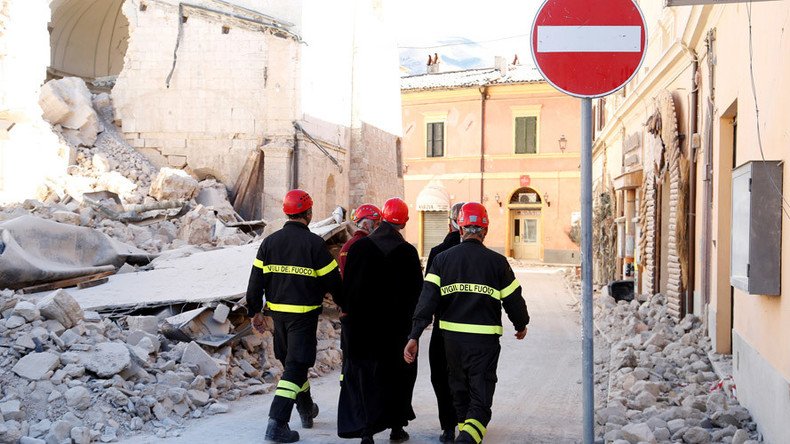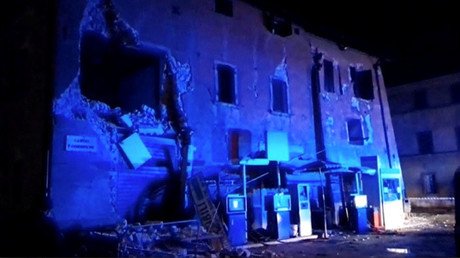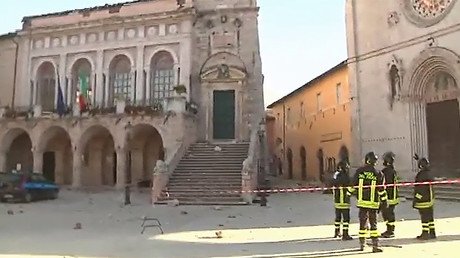Central Italy facing ‘real risk of another quake’

Central Italy is at risk of being hit by devastating earthquakes, scientists have warned. Italy lies on two geological fault lines, making it one of the most seismically active regions in Europe.
A 6.6 magnitude quake struck central Italy late last month, with an epicenter 10 kilometers beneath the Earth’s surface in the vicinity of the ancient town of Norcia. It was the strongest quake to hit the country since the Irpinia earthquake that killed more than 2,500 people in southern Italy in November 1980. Despite widespread destruction, including severe damage to the famous Norcia basilica, no-one was killed, although over thirty thousand people were displaced.
Central Italy had been previously rocked by a 6.0 magnitude earthquake on October 26, when several thousand people were left homeless. Its impact was felt as far away as Naples, Rome and Florence.
Before that, a 6.2-magnitude quake struck the village of Amatrice, killing 298 people in central Italy on August 24.
Seismologists believe there are more tremors to come for the region.
“Given what we have discovered about these three related earthquakes, there is a real chance that there is going to be another significant quake in the region in the very near future,” Richard Walters, a lecturer in earth science at Durham University, told the Guardian.
“That is well within the bounds of possibility,” he added.
“We know there is a real risk of another quake, but cannot say exactly where it will strike – or when,” he added.
The series of recent earthquakes has moved the ground in the affected areas either up or down by as much as 70 centimeters (27.5 inches), experts said earlier this week, citing satellite imagery.
As the Earth’s crust across Italy is ‘pulled,’ elastic energy builds up, which periodically is released in earthquakes. “Unfortunately we do not know the exact timing of when this is going to happen,” Walters said.
A scientist from the Institute of Geophysics and Volcanology (INGV) told il Fatto Quotidiano late last month that the 6.6 magnitude earthquake on October 30 may have been caused by a domino effect, with the August 24 quake activating the fault line that broke on October 26, which, in turn, triggered the latest shock.
“We are already sure, in fact, that the breaking of October 30 partly reflects that of August 24 – which occurred between Amatrice, Accumoli and Norcia – Norcia-Visso and that of the previous days,” INGV seismologist Alessandro Amato said.
“The last earthquake originated in the middle of the other two and has activated a fault of 20-25 km, nearly 30, ranging from a little further north up to the south of the epicenter, to Amatrice. At the moment, the most likely explanation is that the part of the fault that moved on August 24 had slipped completely, resuming its movement,” he said, while noting, “the processing of seismic data has already enabled us to understand that the last event has the same direction as the other faults. And if it is not the same, it is certainly parallel.”













